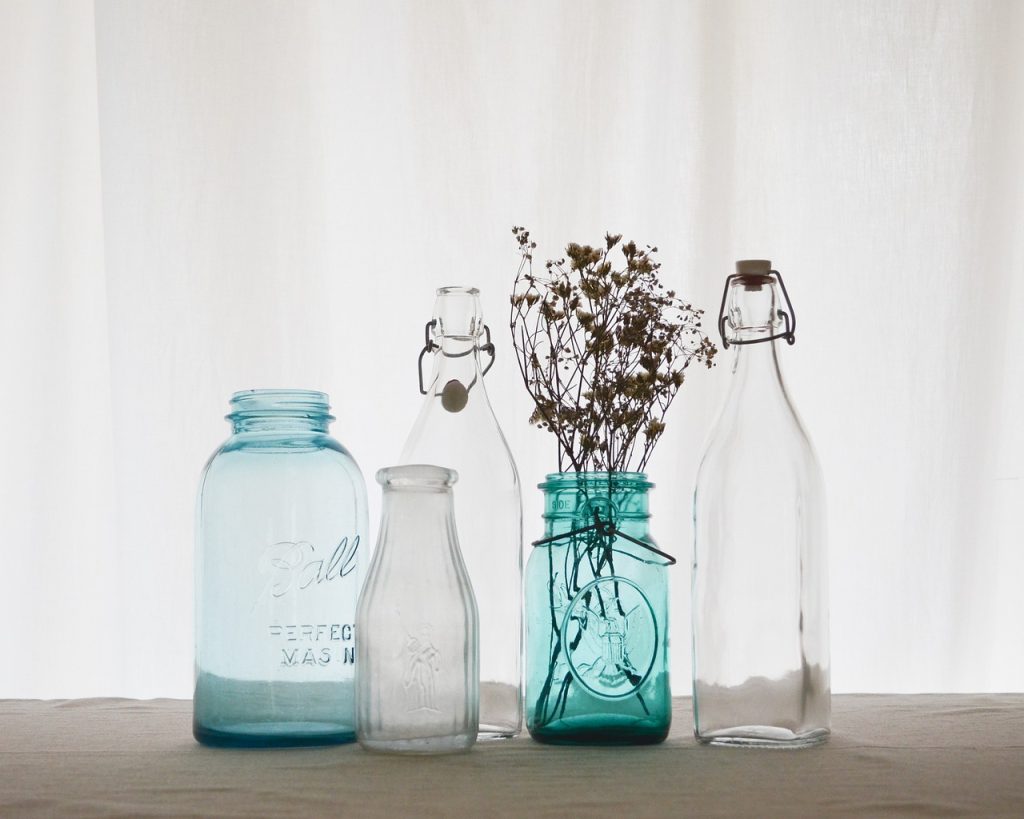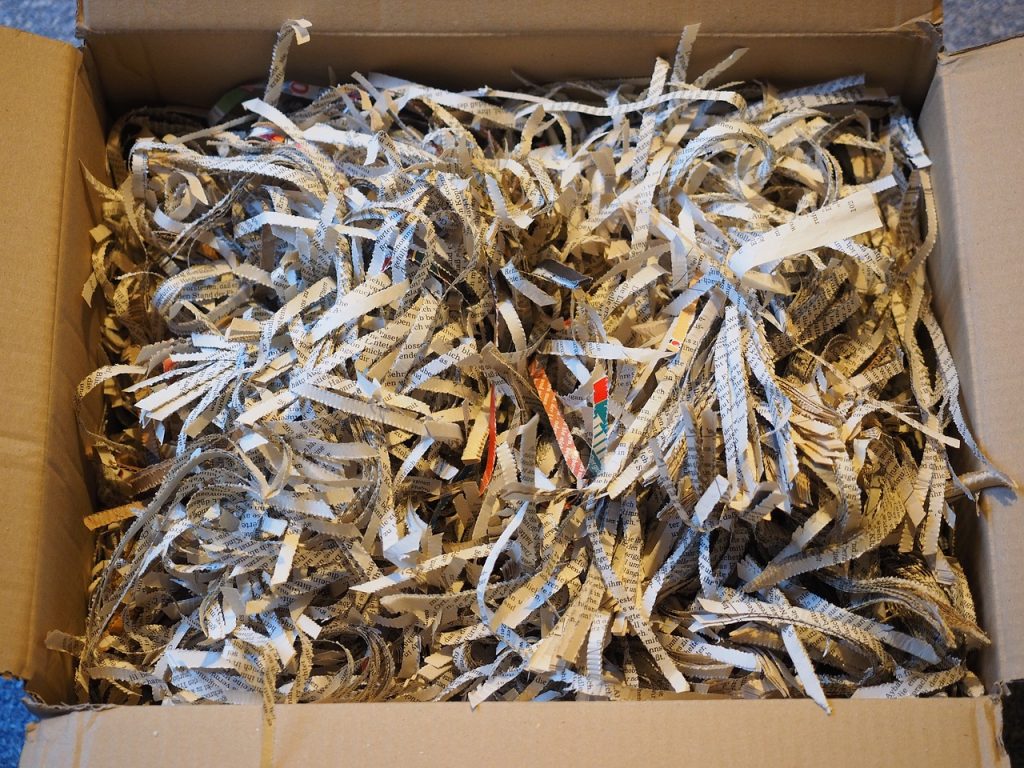- Rinse the glass well to remove any residue.
- Don’t worry about labels; they come off during recycling.
- Avoid breaking the glass; crushed glass can damage recycling machinery.
- Set the cleaned glass aside for the county’s recycling pickup.
- Alternatively, drop it off at your nearest collection site.
- Stay informed about your county’s specific recycling guidelines.
- Contribute to recycling initiatives in your community.
- Consider repurposing glass items creatively at home.
Understanding Glass Recycling: Crucial knowledge for a Cleaner Environment
Understanding glass recycling is a crucial facet in creating a cleaner environment. It’s quite straightforward; rather than tossing out your leftover jars, you can opt for glass recycling. Many materials can be recycled but glass recycling holds a distinct advantage. It does not lose its purity or quality in the recycling process. This means that the glass we recycle can be continuously reprocessed, which significantly reduces the need for virgin materials.
When participating in recycling glass, one has to consider the recycling policy. Removing lids and labels, rinsing the glass, and separating it by color are great practices. However, it’s important to research sources to understand the specific policy in your area. Churches often promote recycling by providing recycling utilities and education.
The green movement places a heavy emphasis on taking care of our environment. This means a significant push for more materials to be recycled, including glass. Not only does recycling glass lessen our waste, it also reduces greenhouse gas emissions, and uses less energy than creating new glass. It’s a win-win situation: good for our environment and for our resources.
Remember to do your part and recycle. Be green, not just for you, but for the betterment of our world. By understanding glass recycling, we are one step closer to a cleaner, greener future.
Journey of Recycled Glass Bottles: Their Path from Junk to Reusable Packaging
Have you ever wondered about the journey of recycled glass bottles? How these items move from being classified as junk to becoming reusable packaging for a plethora of products? Let’s take a closer look. Glass bottles start their journey in your home or business, where instead of being discarded in the general waste, they’re set apart for recycling. Recycling glass bottles not only preserves our environment but it also plays a significant role in combating climate change. This green practice conserves natural resources, reduces greenhouse gas emissions, and reduces energy consumption.
By being attentive to glass recycling, we’re contributing to a cleaner environment for future generations. Glass, unlike other waste, doesn’t decompose; hence, recycling it is the most practical solution. Recycled glass gets transformed into numerous other products like tiles, bottles, and jars. This old becomes new transformation is an essential part of responsively dealing with waste.
The next time you’re washing out a glass bottle or jar, remember it doesn’t have to end as junk. By taking it to a recycling facility, it will be broken down and melted to form a new glass item. Its transformation from junk to reusable packaging is a process that fortifies our commitment to environmental sustainability. So, the next time you responsibly dispose of your glass bottles, remember, you’re effectively setting off a process of transformation that has a positive impact on our environment.
Economic and Environmental Benefits of Recycling Glass
Recycling glass jars and bottles is not just a public service. It’s also a boon to the economy and environment. When you recycle glass, you’re helping to fuel a sustainable economy and bolster environmental services offered to communities. The economic benefits are numerous. The recycling process requires far less energy than manufacturing new glass, leading to significant energy savings. This reduces carbon emissions and contributes to the green economy.
Beyond energy savings, the recycling industry also bolsters the economy through the creation of jobs. Many public and private services are engaged in the collection or processing of recyclable materials. Recycling glass is a simple way to stimulate economic growth and improve public services. It also benefits businesses, particularly those in the packaging sector. Recycled glass can be used to make new jars and bottles, reducing production costs. This is a prime example of how recycling can stimulate economic activity.
Environmentally, glass recycling has commendable benefits. Glass does not degrade, meaning it can be recycled indefinitely without loss of quality. This makes it a sustainable choice. Additionally, glass recycling keeps this material out of landfills, reducing landfill space and ensuring our environment remains clean and healthy. Recycling also minimises the need for natural resources, thus protecting our ecosystems.
In a nutshell, the economic and environmental benefits of recycling glass are significant. It’s clear that recycling is not just an essential public service: it’s a vital aspect of preserving our environment and stimulating the economy. Every recycled glass jar and bottle makes a difference.
A Step-by-Step Guide on How to Recycle Glass: Processing Glass and Plastic for the County’s Environmental Services
Here’s a user-friendly step-by-step guide to an eco-friendly approach to recyle both glass and plastic. The entire process of recycling is pretty simple, yet, crucial for our environment. The guide details how to process glass and plastic efficiently, meeting county’s services’ environmental regulations. It’s convenient, makes a huge economic impact and often involves local county services.
Let’s kick it off with glass jars and bottles. Rinse the glass well to remove any residue. Don’t worry about labels, they come off in the recycling process. Avoid breaking the glass as crushed glass is hazardous to recycling machinery. Now, set the cleaned glass aside for the county’s recycling pickup or drop it off at your nearest collection site. Most county services support and encourage this environmental effort, helping the space remain eco-friendly. A good chunk of recycled glass finds its way back into packaging, creating an economic boom for the packaging and delivery industry.
When it comes to plastic, make sure you’re aware of your county’s services’ recycling guidelines. Some types of plastic aren’t recyclable, so it’s essential to know which items we can contribute to recycle. The process for plastic is much the same as for glass: Clean, sort, and deliver to a recycling collection point.
So, let’s not leave those empty jars and bottles to languish. Instead, follow this guide and recycle them. Not only is it kinder for our environment, but it also provides an economic bonus too.
Environmental Impact and Sustainability of Recycled Glass: Debunking common Misconceptions
There’s been a lot of news surrounding glass products and their effects on the environment. Some folks hold a few misconceptions about the environmental impact and sustainability of recycled glass. So, let’s start debunking them. The significance of using recycled glass over new materials can’t be overstated. Recycled glass products require less energy for production, which is an excellent energy-saving measure that reduces our carbon footprint.
Contrary to common beliefs, not all glass products harm the environment. In fact, recycled glass is quite eco-friendly, helping conserve natural resources and promote sustainability. By recycling glass, we contribute significantly to environmental conservation efforts and, in effect, create a greener, more livable planet. This is why recycling doesn’t stop at others. It begins with us, by knowing what’s left to do with glass jars and bottles.
The misconception that recycling is an energy-consuming process is rather far from the truth. It’s proven that the amount of energy saved from recycling a glass bottle could power a computer for 25 minutes. Now imagine the energy saved if all glass bottles were recycled!
Equally important is to understand the process of recycling. Recycled glass bottles, for instance, undergo a complete transformation, from junk to reusable packaging, all in the name of the environment. The journey of a recycled glass bottle is actually an interesting one, as it speaks volumes about the economic and environmental benefits of recycling glass.
Therefore, contributing to the natural sustainability of our environment begins with debunking misconceptions and understanding the real impact of recycled glass. So, the next time you’re left with a glass bottle, remember to recycle it.
Best Practices for Recycling: Making your household waste more Recyclable
So, what can you do with your left-over jars? Recycling glass jars and bottles is not only an eco-friendly lifestyle choice but also a matter of utmost sustainability. By understanding the nuances of glass recycling, we’re taking a significant step towards transforming our homes into living benchmarks of a recycling culture. The path taken by our household waste, from being common junk to recyclable material, is interesting and enlightening. But how can we ensure our waste becomes fully recyclable, you ask? Here’s some advice.
Firstly, don’t treat all waste the same! Clearly segregate waste into categories like glass, plastic, etc. Recycling becomes easier this way. Moreover, certain local recycling units have specific waste requirements. Catering to these brings us closer to our goal of an eco-friendly home.
Secondly, clean your waste. Sounds strange, doesn’t it? Even though it’s waste, a clean bottle or jar is much easier to recycle. This is an essential part of the journey of recycled glass bottles and jars from junk to reusable packaging.
Thirdly, engage in minimalistic living. Recycling is great, but producing less waste is even better. The economic and environmental benefits of recycling glass are immense. But you can enhance these benefits by minimizing waste generation.
Last but not least, debunk common misconceptions about recycling’s environmental impact and sustainability. Recycled glass isn’t inferior to fresh glass. On the contrary, it’s a testament to our recycling efforts and sustainable practices, which will leave a cleaner environment for future generations. That’s the best practice, friends!
Repurposing Glass: Creative ways to Reuse Jars and Glass Packaging
So, you’re done with your jar of jam or finished a bottle of wine, and you’re left with empty glass containers. But don’t just toss them into the recycling bin. Consider repurposing your glass items. With a dash of creativity, old jars and glass packaging materials can be reused in design-focused and practical ways around your home and garden.
The beauty of glass is its versatility, making it a popular material for creative reuse. From a chic vase for your garden blooms to a vintage-inspired candle holder for your home’s interior, the possibilities are as endless as your imagination with glass. You can even use them as fashion-forward accessories, with a touch of artisanal flair. Adding colored, frosted, or textured glass jars to your outfit can create an eccentric style statement.
Supporting health is another great way to reuse glass. Use jars for storing homemade cosmetics or first aid supplies. They’re easy to sterilize and good for storing sensitive products. They also make excellent containers for growing small plants, contributing to the green environment in your home or garden.
If you’re a part of a public program, you can start a glass recycling initiative in your community. Not only will this enhance public knowledge about recycling, but also aid in environmental sustainability. Remember, by reusing and repurposing glass, we help reduce waste and contribute to the health of our planet.
So, start today, get creative and see how you can turn your old glass, jars and other packaging materials into useful and beautiful items.
Innovative Ideas for Left-Over Glass Jars: From Junk to Decorative Pieces
Glass jars acquire a new lease of life when recycled innovatively. It’s astonishing how these once left-over jars can turn from junk into fascinating decorative pieces for your home. The art of adorning homes with recycled glass jars has been increasingly gaining ground as part of the home decor and design trend.
There’s a multitude of creative commons on the Internet where people share their inventive ideas. A hot fashion trend is twine-wrapped jars, which are great for holding flowers or candles. Some turn jars into artistic lamps, others into ingenious plant vessels. Soap dispensers, picture frames, and even chandeliers are only a few imaginative suggestions.
Don’t let bottles be outdone, though. They’re just as versatile as jars, if not more. Bottles can become hanging lanterns, wine bottle wind chimes or beautiful bird feeders. Transforming these bottles is just one of the publicly loved eco-friendly crafts that help reduce landfill waste.
But it’s not only about the home. Businesses have been utilizing recycled glass jars and bottles as well in their aesthetics. Cafes use them as chic drink vessels, boutiques transform them into display pieces, and some catering businesses use them as staple serving pieces. So, look around you, and you’ll see these once discarded bottles serving a new purpose, fashionably.
Recycling glass jars and bottles is more than just a conscientious act for the environment. It’s also an opportunity to unleash your creativity, serving as good news for all the DIY enthusiasts out there.




